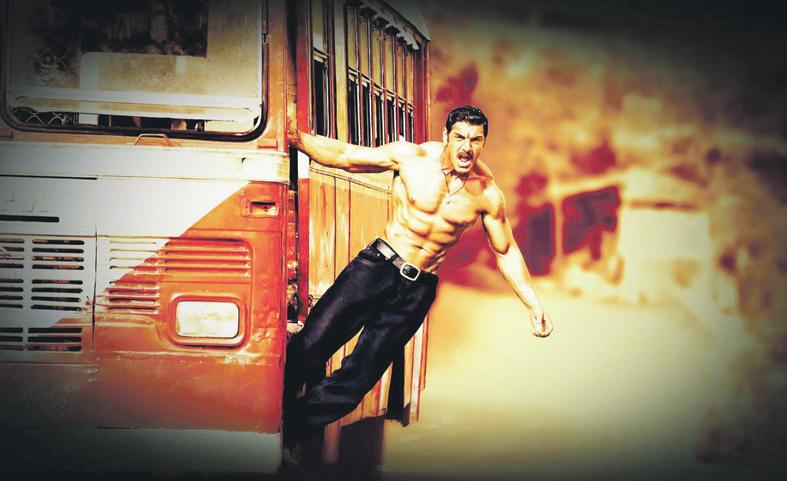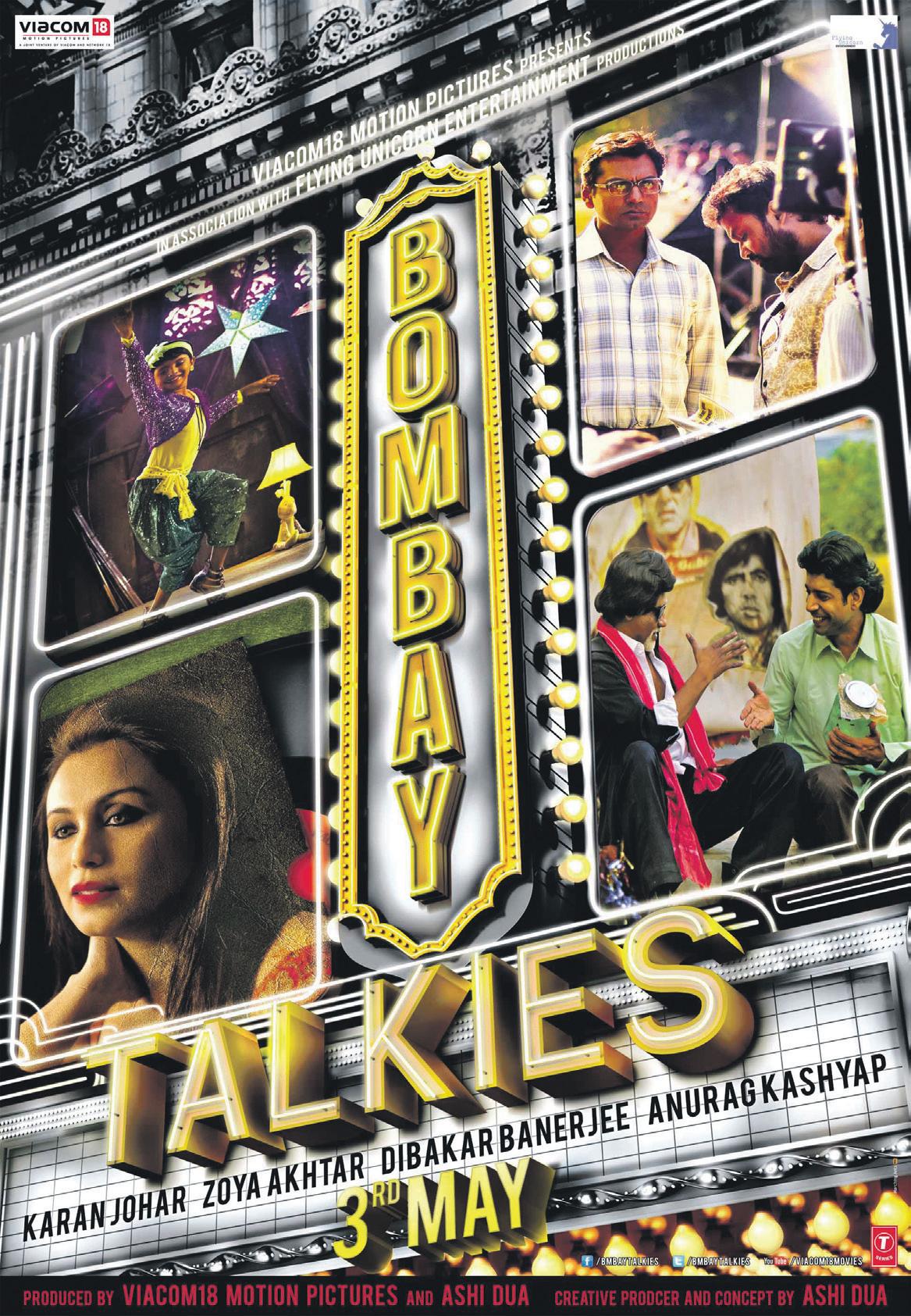
2 minute read
ouT AND ouT TE sTosTERoNE-DRIvEN
from 2013-05 Melbourne
by Indian Link
SH ooTou T AT WADALA
STArring: Anil Kapoor, John Abraham, Tusshar Kapoor, Kangna Ranaut, Sonu Sood, Manoj Bajpai, Ronit Roy WriTer-Direc Tor: Sanjay Gupta
HHH
Babli badmash hai, sings Priyanka Chopra in one of the three utterly wasted item numbers in this film about blazing guns, flaring nostrils, sanguinary revenge and bleak atonement.

Babli is not the only one who’s a badmaash here. The characters are all hardened players of the underworld from the 1970s. They all mean business in the business of being mean.
They sport the right clothes, dialogues and attitude.
Wordsmith Milap Zaveri is the real hero of this film about fascist solutions to the conundrum of urban chaos. Everyone is a smartass in this film, boys who never grew up - attention-seekers whose mums should have delivered solid spankings during their childhood. They fight, scream, throw tantrums and draw blood when all fails. This is Sanjay Gupta’s return to direction after a longish hiatus. He is in a tearing hurry to sweep us into the vortex of his violent kingdom. Mumbai as seen through Gupta’s expertly sketched images, is a kingdom of the damned. Men pull put guns and knives as the background music (by Amar Mohile) settles scores. Tempers run high. The body-count matches the exacerbated emotions.
To his credit, Gupta knows this world of internecine wars as minutely as Coppola knew his Sicily. The mood in the cat-and-mouse game is forever defiant and belligerent.
There’s no room for dull moments. The cat and-mouse game tends to get breathless but never wheezy, even when characters such as the one played by Manoj Bajpai splutter to a gruesome end.
Gupta keeps a firm grip on the proceedings on his out-of-control characters, all played by actors who understand the close link between oppression and violence.
Sameer Arya’s camera and Sabu Cyril’s art work (which blends bloody reds with nostalgic sepias) recreate an era of fathomless violence. A great deal of thought has gone into creating a mood of anarchy. Every frame is saturated with colours and atmospherics. Every dialogue is darkly underlined and emphatically italicized. The performances reflect the absence of a moral equilibrium in the lives of the characters. While Anil Kapoor makes his ‘encounter cop’ a combination of the quirky and the kinetic, John Abraham in the central role tries very hard to remain in character. Going shirtless on a BEST bus in the bustle of Mumbai in the early 1970s is perhaps his idea of being in character. Wonder what the real Manya Surve would think!
While these two succeed in building an atmosphere of clenched crisis that threatens to blow apart their lives any minute, Sonu Sood, Manoj Bajpai and
Ronit Roy shine in briefer roles.
As usual Gupta invests a lot of time and attention to the images of violence. Shootouts and flare-ups in various public spots of Mumbai are shot with the arresting impunity of a storyteller who is profoundly fascinated by the violence that underscores suburban life.
Except for Manya Surve’s anxious and physical love interest (played by Kangna who looks as though she wasn’t happy being in her character’s space), we hardly ever see the characters in their domestic space.
Do these killers and cops ever sleep?
This is a bludgeoning saga of bloodshed, vendetta and ricocheting nemesis peppered with picturesque dialogues and episodes of frenetic aggression.
Su BHASH k J HA









